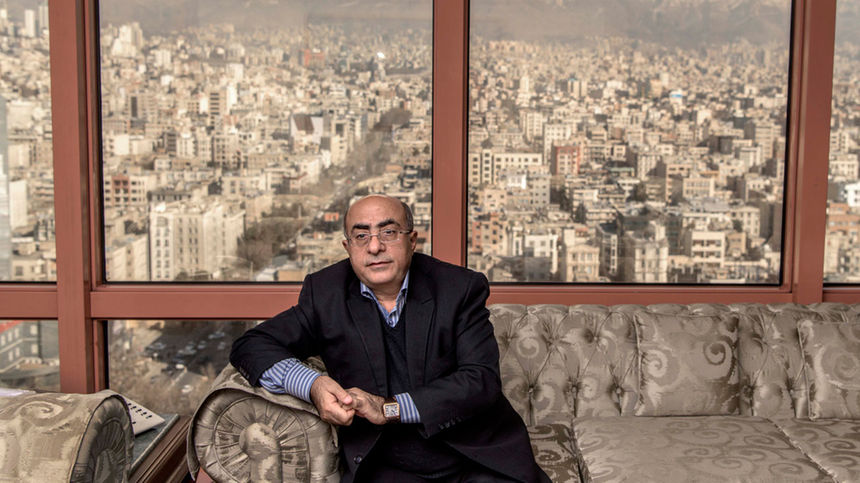Grounds have been prepared for unifying the foreign exchange rates, which will finally be accomplished "when macroeconomic conditions are agreeable", vice governor of the Central Bank of Iran said.
Referring to the narrowing difference between the official foreign exchange and free market rate as another corrective measure on the Central Bank of Iran's agenda, Akbar Komijani acknowledged the many downsides of a multiple exchange rate regime.
"A multiple exchange rate regime will entail many problems such as corruption and throws the economy off course," he said in an interview with the Swedish financial newspaper Dagens Industri.
Iran currently uses two exchange rates, the free market rate, which stood at 38,000 rials to the US dollar on Wednesday, and another official exchange rate for a number of state transactions. The CBI fixed the official rate at 23,392 rials on Wednesday.
In order to bring the rates together, the government began to gradually increase the official exchange rate for it to come closer to the unofficial market rate and tried to shorten the list of imports eligible to receive foreign currency at official rates.
All major economic officials, including CBI Governor Valiollah Seif and Economy Minister Ali Tayyebnia, had repeatedly promised that the forex rate will be unified by the end of the current fiscal year (March 20).
However, due to the currency market volatility in the final months of 2016, which saw the rial hitting record lows against the greenback (reaching 41,500 rials to the dollar in the free market in late December), those plans were put on hold indefinitely.
During a visit by a top Swedish politico-economic delegation headed by Prime Minister Stefan Loven to Tehran, the vice governor sat down with the newspaper to discuss the prospects of the Iranian economy and measures undertaken to support the banking sector in the post-sanctions era.
Komijani noted that the Iranian economy is making progress in the non-oil sector, which shows that it is moving in the right direction, reports the official website of CBI.
"In addition, the country not only has full access to its oil and non-oil financial assets again, but their circulation is also normal," he said.
Asked about the possibility of Iran's nuclear deal unraveling, he noted that such an event will be detrimental not only to Iran, but also to other countries that have resumed their economic and trade relations with the country.
Komijani then referred to a measure aimed at repaying government debts to public-sector banks, saying that in accordance with Article 35 of the annual budget approved by the parliament, the government is allowed to tap CBI's foreign exchange resources, which will also increase the capital of these banks.
"This reformative measure is one of the corrective steps in banking, which will increase the ability of banks to establish regular economic ties with their international peers," he said.
The official pointed out that Iran's GDP rose to 7.4% in the first half of the current fiscal year (March 20-September 21) and the growth has been predicted to be around 7% for the year.
"The growth rate is deemed to be around 4-5% for the next year," he said.
On curbing inflation during the next few years, the deputy governor said the current single-digit inflation will be preserved in the coming year and the central bank will ensure this through its policies.
Komijani said CBI has "a comprehensive plan to revalue the national currency and remove three to four zeroes from the rial", adding that for the plan to come into effect, macroeconomic stability and long-term low inflation are required.


